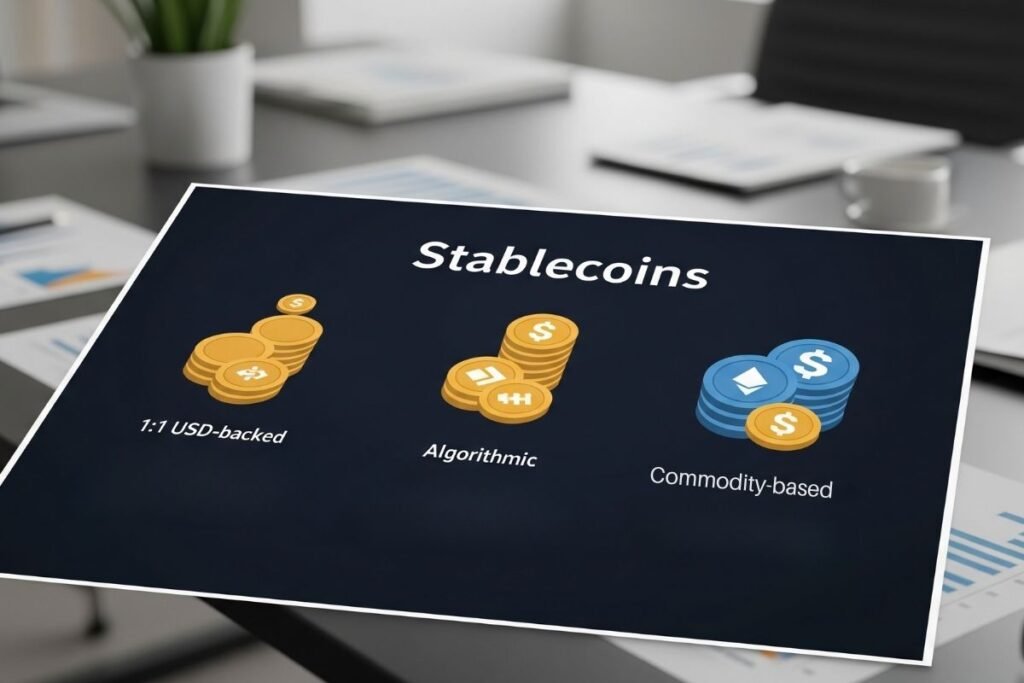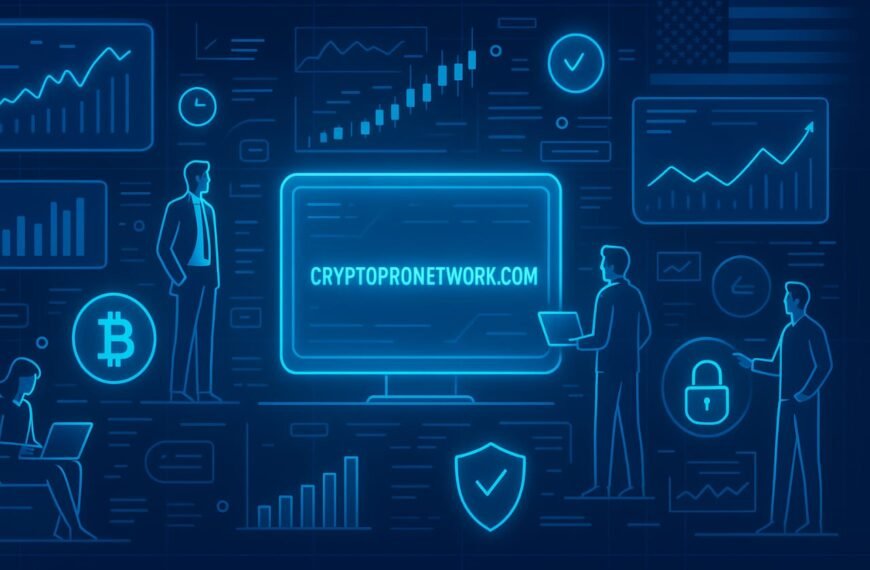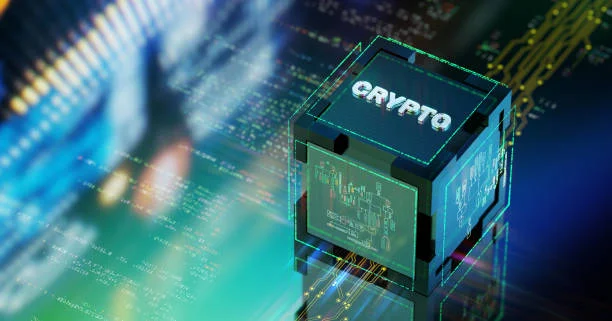Stablecoin news is dominating headlines and for good reason. With global regulations shifting and crypto markets responding rapidly, stablecoins are now at the center of financial innovation and debate.
Whether you are a curious investor, a crypto newbie or just trying to keep up, understanding what is happening in the world of stablecoins can give you a serious edge.
In this guide, we’ll break down everything you need to know from what stablecoins are to why they matter, how they are regulated and what to watch next. Let’s dive in.
What Are Stablecoins? A Simple Breakdown

At its core, a stablecoin is a type of cryptocurrency designed to hold a stable value usually pegged to something like the U.S. dollar. That means one stablecoin is often worth around one dollar.
This makes them very different from volatile assets like Bitcoin or Ethereum, which can swing in price quickly. Stablecoins aim to combine the benefits of digital currency (like speed and global access) with the stability of traditional money. Think of them as a bridge between old school finance and the new digital economy.
Types of Stablecoins
There are four main types of stablecoins:
- Fiat backed stablecoins: These are the most common. They are backed by actual cash or short term government bonds. Examples include USDC and USDT.
- Crypto backed stablecoins: These are backed by other cryptocurrencies like Ethereum. DAI is a popular one in this category.
- Algorithmic stablecoins: These use smart contracts and algorithms to maintain stability. They are not backed by anything physical and have faced some serious failures in the past.
- Commodity backed stablecoins: Backed by real world assets like gold (e.g., PAXG), these offer a different kind of hedge.
Why Stablecoins Matter More Than Ever
So why all the stablecoin news lately? It is not just hype but also stablecoins are playing a major role in shaping the future of finance.
Fast, Cheap Transactions
Stablecoins allow you to send money globally in seconds with minimal fees. That is a big deal, especially for people in countries with unstable currencies or poor banking access.
A Key Part of DeFi
Decentralized finance (DeFi) relies heavily on stablecoins. Platforms like Uniswap and Aave use them for lending, staking and yield farming. Without stablecoins, DeFi would not function the way it does.
Institutional Adoption Is Growing
Major financial institutions are finally entering the space. With the recent passing of the GENIUS Act in the U.S., banks and asset managers can now legally issue their own fiat backed stablecoins. That’s a game changer for mainstream adoption.
How Stablecoin Regulations Are Changing the Game

One of the biggest reasons stablecoin news has surged is due to evolving regulations. Governments are starting to take these digital assets seriously and that is both exciting and challenging.
The GENIUS Act in the U.S.
Signed into law in July 2025, the GENIUS Act gives a clear legal framework for fiat backed stablecoins. It requires issuers to:
- Be licensed and regulated
- Hold full reserves
- Undergo regular audits
This move has already led to a $4 billion increase in stablecoin market cap in just one week.
Global Moves Beyond the U.S.
- Europe is moving forward with MiCA (Markets in Crypto Assets) regulations to oversee stablecoin issuance and transparency.
- Hong Kong is cracking down on unlicensed stablecoin promotions, with fines and possible jail time starting August 1.
- Japan is exploring a central bank digital currency (CBDC) to work alongside stablecoins.
These actions show that stablecoins are no longer a fringe concept but they are becoming part of mainstream financial infrastructure.
What to Do Now: Strategies for Navigating Stablecoin News

With so much happening, what should you actually do about it? Whether you are investing, building or just learning, here are some practical strategies to keep in mind.
Choose the Right Stablecoin
If you are using stablecoins to store or transfer value, stick to well regulated, fiat backed options like USDC or newer ones approved under the GENIUS Act. Avoid obscure or algorithmic coins unless you understand the risks.
Stay Updated With Reliable Sources
The stablecoin market is evolving daily. Follow trusted outlets, blockchain analytics platforms like DefiLlama and government updates. Look for real data not hype.
Diversify Your Exposure
Don’t put all your holdings into one stablecoin or platform. Smart investors spread their risk by using multiple stablecoins and keeping some in traditional banks or hardware wallets.
Understand the Legal Environment
Make sure you know what is allowed in your country. In some places, using certain stablecoins or DeFi platforms may come with legal risks. Stay compliant and informed.
Watch for New Entrants
Big names like JPMorgan, Bank of America and even startups like Ethena Labs are launching new products. Keep an eye on these launches, they can offer opportunities or signal bigger market shifts.
Conclusion: Stablecoin News Is More Than Just Hype
Stablecoins are no longer just a crypto niche but they are now a major force in the global financial system. From regulatory breakthroughs to rising adoption in DeFi and traditional finance, the momentum is real and growing fast.
By staying informed and making smart choices, you can navigate this fast moving space with confidence. Whether you are an investor, developer or simply curious, understanding stablecoin news today means you are better prepared for the financial world of tomorrow.
FAQs About Stablecoin News
What exactly is a stablecoin and how does it work?
A stablecoin is a digital asset designed to keep a consistent value, often pegged to a fiat currency like the U.S. dollar. It uses reserves (fiat, crypto or commodities) or algorithms to stay stable.
Why is stablecoin regulation in the news right now?
The U.S. recently passed the GENIUS Act, giving clear rules for fiat backed stablecoins. Other countries are following suit, making regulation a hot topic in crypto and finance news.
Are stablecoins safe to invest in?
Stablecoins can be a safer option compared to volatile cryptocurrencies, but they are not risk free. Always research the issuer, check for regulatory compliance and diversify your holdings.
How do stablecoins affect the overall crypto market?
They add liquidity, enable fast transactions and are critical for DeFi. Changes in stablecoin supply or regulation can impact Bitcoin, Ethereum and the broader crypto ecosystem.
What is the difference between USDT and USDC?
Both are fiat backed stablecoins pegged to the U.S. dollar. USDC is often seen as more transparent due to its audited reserves, while USDT is more widely used but has faced scrutiny over its backing.
What should I look for in a trustworthy stablecoin?
Look for:
- Full reserve backing (ideally in USD or Treasuries)
- Regular third party audits
- Regulatory compliance (e.g., GENIUS Act approved issuers)
- Clear transparency reports









